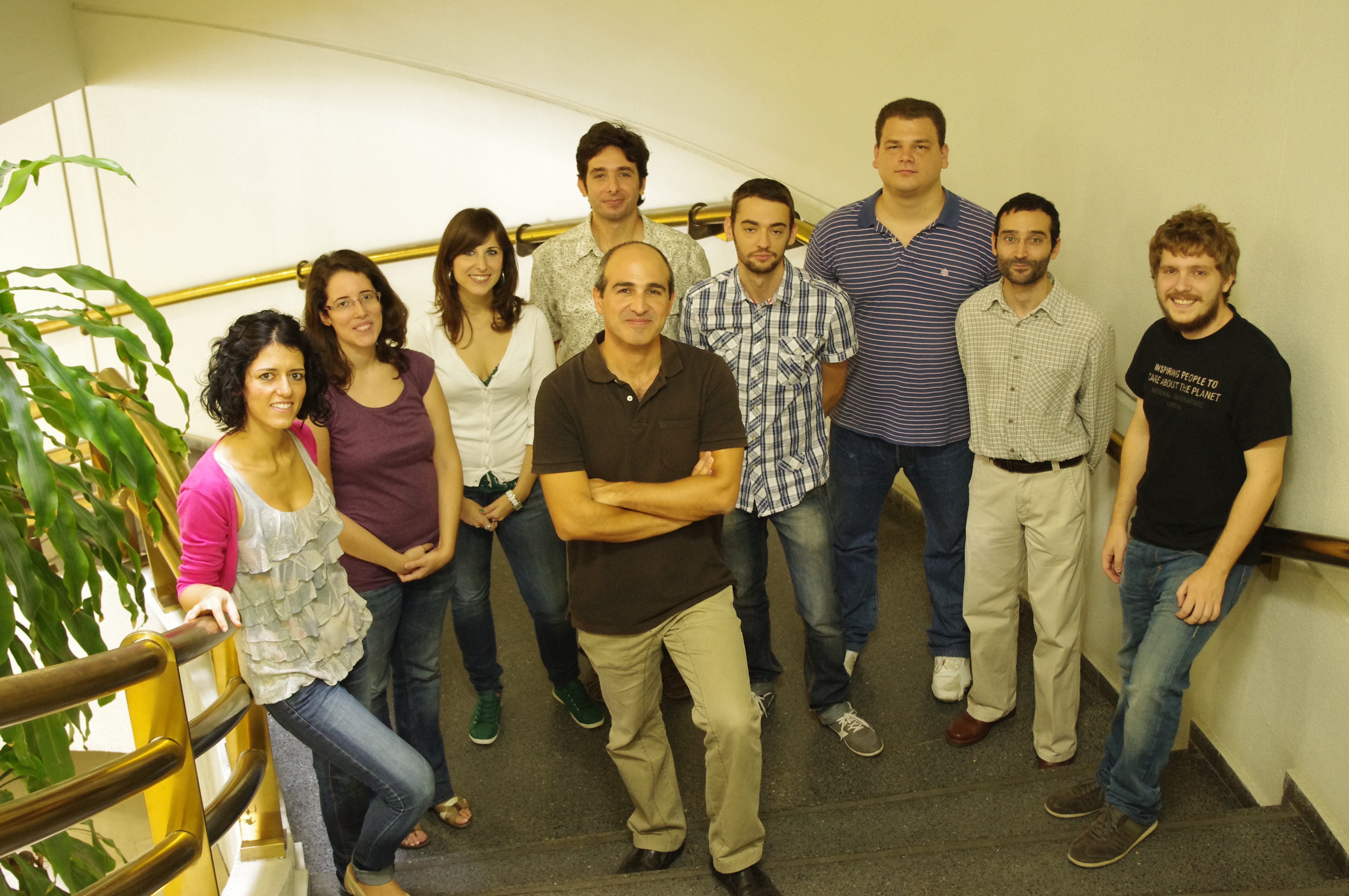A study by researchers at the Institute of Materials Science of Seville (ICMS), part of the Isla de la Cartuja Scientific Research Centre (cicCartuja), has shown that the incorporation of a new type of photonic crystal can improve the performance of dye solar cells. This research, which was recently published in the journal Energy & Environmental Science* and highlighted on the Royal Society of Chemistry website as a ‘hot paper’, is a further step in the race to produce photovoltaic windows, capable of harnessing light energy from the sun to generate electricity and, at the same time, allowing part of the natural light to pass through.
ICMS researchers – from the Multifunctional Optical Materials group, led by CSIC scientist Hernán Míguez – have studied how the electricity produced by dye solar cells incorporating photonic crystals varies depending on the angle at which light strikes them. Photonic crystals are optical nanostructures designed to control the propagation of light through them and function as highly reflective mirrors. The article, published in Energy & Environmental Science, shows that it is possible to design these mirrors to minimise the photocurrent loss that arises due to the varying tilt of the cell with respect to sunlight at different times of the day.
Dye-sensitised solar cells – also known as ‘Graetzel solar cells’ after their inventor, Swiss chemist Michael Graetzel – often make use of back mirrors, which reflect backlight onto the device. Without this mirror, the light would pass through the solar cell and not as much electricity would be generated. The use of photonic crystals as back mirrors behind the photovoltaic material ensures that the solar cells remain transparent, so they could be used in the development of light-sensitive building-integrated windows.
This research on dye-sensitised solar cell mirrors, carried out by the ICMS Multifunctional Optical Materials group, represents a new breakthrough in the development of photovoltaic windows, a scientific field that has been widely studied internationally in recent years, as it offers an attractive possibility to generate electricity in a sustainable way, using simple fabrication techniques and low-cost materials.
Dye-sensitised solar cells have the advantage of producing electricity through a photo-electro-chemical principle, by transforming light energy into electrical energy. This is somewhat similar to the light reaction that occurs in photosynthesis.
* Carmen López-López, Silvia Colodrero, Mauricio Ernesto Calvo, Hernán Míguez: “Angular response of photonic crystal based dye sensitized solar cells”. Energy & Enviromental Science. DOI: 10.1039/C3EE23609A




